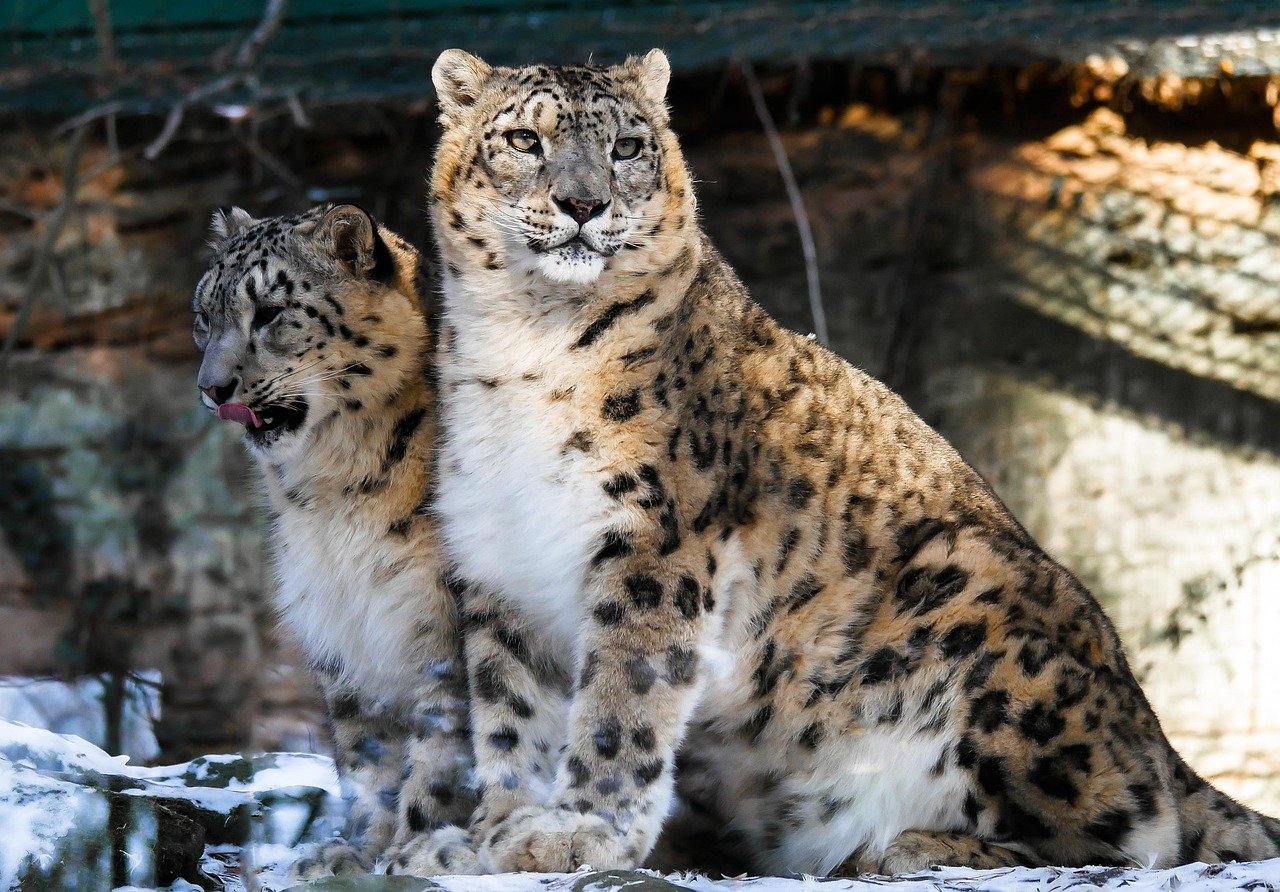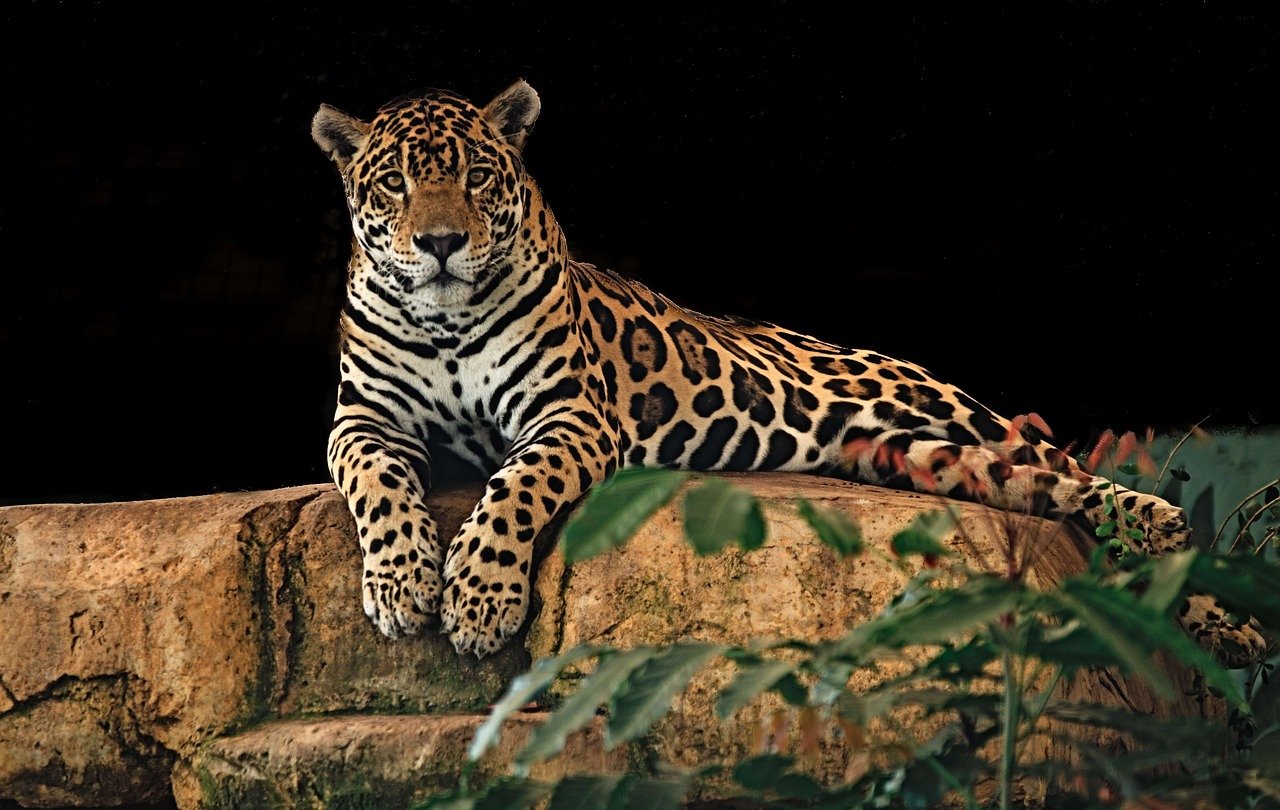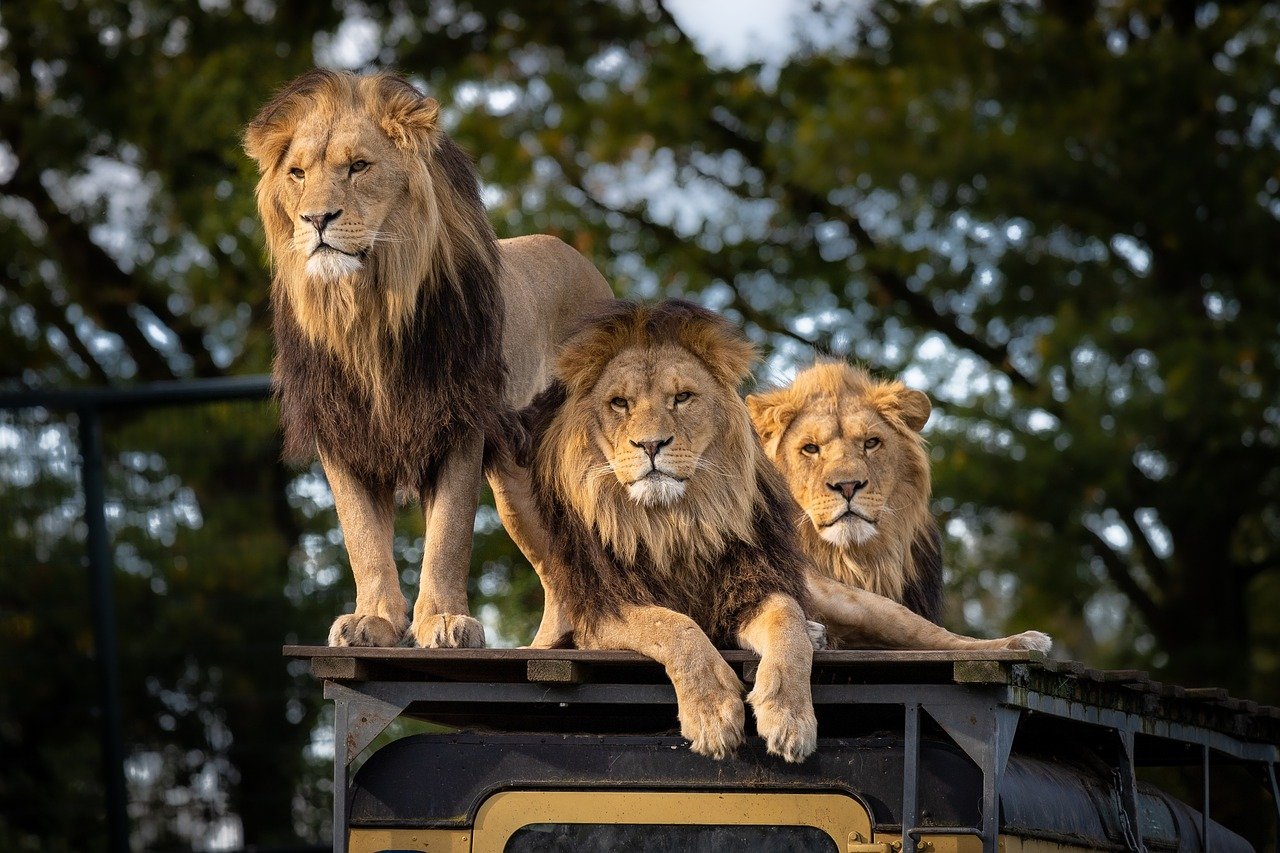The majestic beauty of big cats has fascinated humans for centuries. From the fierce roar of a lion to the stealthy grace of a leopard, these creatures hold a special place in our hearts. However, as their natural habitats become increasingly threatened, the concept of rewilding big cats has emerged as a beacon of hope. Rewilding programs aim to restore these magnificent animals to their natural habitats, allowing them to flourish and play their ecological roles. But what does this process entail, and how effective is it? Let’s explore the truth behind big cat rewilding programs around the world.
Understanding Rewilding: More Than Just Relocation
Rewilding is not merely about placing animals back into the wild. It’s a comprehensive effort to restore ecosystems and biodiversity. The concept involves reintroducing species to areas where they once thrived and ensuring that their new habitats are sustainable. It’s like piecing together a puzzle where each animal is an essential part. Rewilding big cats requires meticulous planning, understanding of the ecosystem, and ensuring that the cats can survive and breed in the wild. This process can take years and requires collaboration between governments, conservationists, and local communities. It’s a dance of balance, ensuring that both the animal and its environment can thrive together.
The Role of Big Cats in Ecosystems

Big cats are apex predators, meaning they play a crucial role in maintaining the balance of their ecosystems. They regulate prey populations, which in turn affects the vegetation and the overall health of the environment. Imagine a world where the grass grows unchecked, eventually suffocating the land. Big cats prevent this by controlling herbivore numbers. Without them, ecosystems can become imbalanced, leading to overpopulation of certain species and degradation of habitats. Rewilding programs aim to restore this natural balance, ensuring that ecosystems can function healthily and sustainably.
Challenges Faced in Rewilding Programs

Rewilding big cats is a complex and challenging process. One of the primary challenges is finding suitable habitats that can support these majestic creatures. Human encroachment, deforestation, and climate change have altered many landscapes, making them unsuitable for rewilding. Additionally, there’s the challenge of ensuring that the reintroduced cats can find enough prey and avoid conflicts with humans. Another hurdle is gaining support from local communities who may view big cats as threats to their livestock. Overcoming these challenges requires a collaborative approach, with education and awareness playing key roles.
Success Stories of Big Cat Rewilding

Despite the challenges, there have been notable successes in rewilding big cats. In South Africa, the reintroduction of cheetahs to specific reserves has seen the species thrive and increase in number. Similarly, in parts of India, efforts to reintroduce tigers to former habitats have seen positive results, with the population gradually recovering. These success stories provide hope and demonstrate the potential benefits of rewilding. They also highlight the importance of well-planned programs and the dedication of conservationists working tirelessly to protect these animals.
The Importance of Genetic Diversity
A critical aspect of rewilding is maintaining genetic diversity within big cat populations. Inbreeding can lead to genetic weaknesses, making animals more susceptible to diseases. Rewilding programs often involve introducing individuals from different populations to ensure a healthy gene pool. It’s like mixing ingredients to bake a cake; you need a variety of elements to ensure the best result. By ensuring genetic diversity, rewilding programs help create robust and resilient populations that can adapt to changing environments and challenges.
Community Involvement: A Key to Success
For rewilding programs to succeed, the involvement of local communities is essential. These communities live alongside the wildlife and can be significant allies in conservation efforts. Educating them about the benefits of rewilding and involving them in decision-making processes can foster a sense of ownership and responsibility. When communities understand the ecological and economic benefits of big cats, such as tourism opportunities, they are more likely to support rewilding efforts. It’s a partnership that benefits both people and wildlife, creating a harmonious coexistence.
Technological Innovations in Rewilding
Technology plays a vital role in modern rewilding programs. From GPS collars that track the movements of big cats to drones that monitor habitats, technology aids in gathering crucial data. This data helps conservationists understand the behavior and needs of reintroduced animals. Imagine having a bird’s eye view of the wild, allowing conservationists to make informed decisions. Technological innovations also enable better management of habitats and the detection of potential threats, ensuring the safety and success of rewilding efforts.
Legal and Policy Frameworks Supporting Rewilding
Rewilding programs require strong legal and policy frameworks to succeed. Governments must implement laws that protect reintroduced animals and their habitats. This includes addressing poaching, habitat destruction, and human-wildlife conflict. International cooperation is also essential, as big cats often cross borders. Effective policies ensure that rewilding efforts are sustainable and that big cats can thrive without threat. It’s like building a sturdy fence around a garden; the right policies create a safe space for big cats to flourish.
The Future of Big Cat Rewilding
The future of big cat rewilding is filled with potential and promise. As awareness grows, more resources are being allocated to these programs. The involvement of younger generations, passionate about conservation, adds a fresh perspective and energy. With continued research, collaboration, and innovation, rewilding efforts can expand and improve. The dream is to see big cats roaming freely in vast, healthy ecosystems. It’s a vision of hope and a testament to humanity’s commitment to preserving the natural world.
Conclusion: A Shared Responsibility for Our Planet’s Future

Rewilding big cats is not just about preserving a species; it’s about restoring the balance of nature. These programs remind us of our shared responsibility to protect the planet and its inhabitants. Big cats, with their majesty and strength, symbolize the wild heart of our world. By supporting rewilding efforts, we ensure that future generations can witness the beauty and power of these incredible animals. It’s a journey of hope, collaboration, and commitment to a brighter, more balanced future for all.

Suhail Ahmed is a passionate digital professional and nature enthusiast with over 8 years of experience in content strategy, SEO, web development, and digital operations. Alongside his freelance journey, Suhail actively contributes to nature and wildlife platforms like Feline Fam, where he channels his curiosity for the Feline into engaging, educational storytelling.
With a strong background in managing digital ecosystems — from ecommerce stores and WordPress websites to social media and automation — Suhail merges technical precision with creative insight. His content reflects a rare balance: SEO-friendly yet deeply human, data-informed yet emotionally resonant.
Driven by a love for discovery and storytelling, Suhail believes in using digital platforms to amplify causes that matter — especially those protecting Earth’s biodiversity and inspiring sustainable living. Whether he’s managing online projects or crafting wildlife content, his goal remains the same: to inform, inspire, and leave a positive digital footprint.






